On a very hot and humid June day I walked the ‘cardo’ and ‘decumanus’ of Herculaneum. This was a Roman seaside town buried when Vesuvius erupted violently almost 2000 years ago. Today Herculaneum (Ercolano in Italian) is a fascinating archaeological site. On this summer’s day the brooding presence of the volcano, which is still active, was benevolent and mellow, a bit like a friendly, watchful giant.
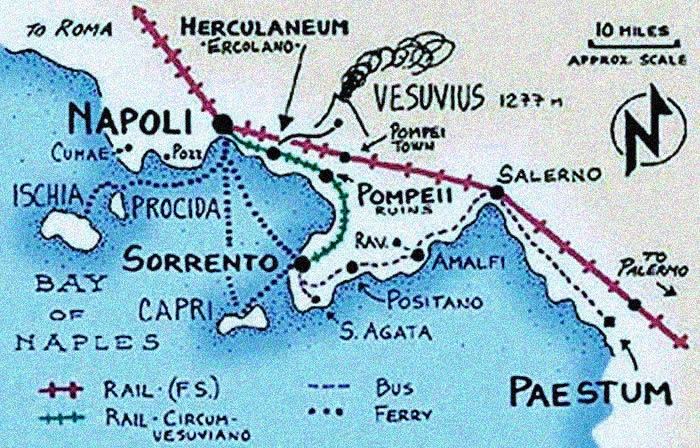
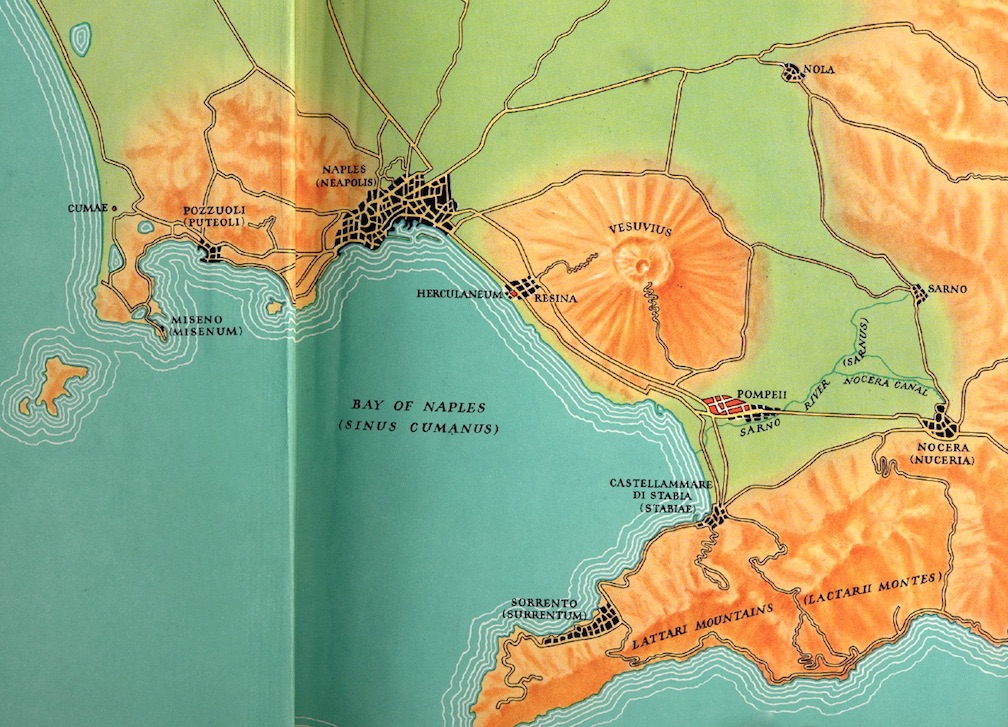
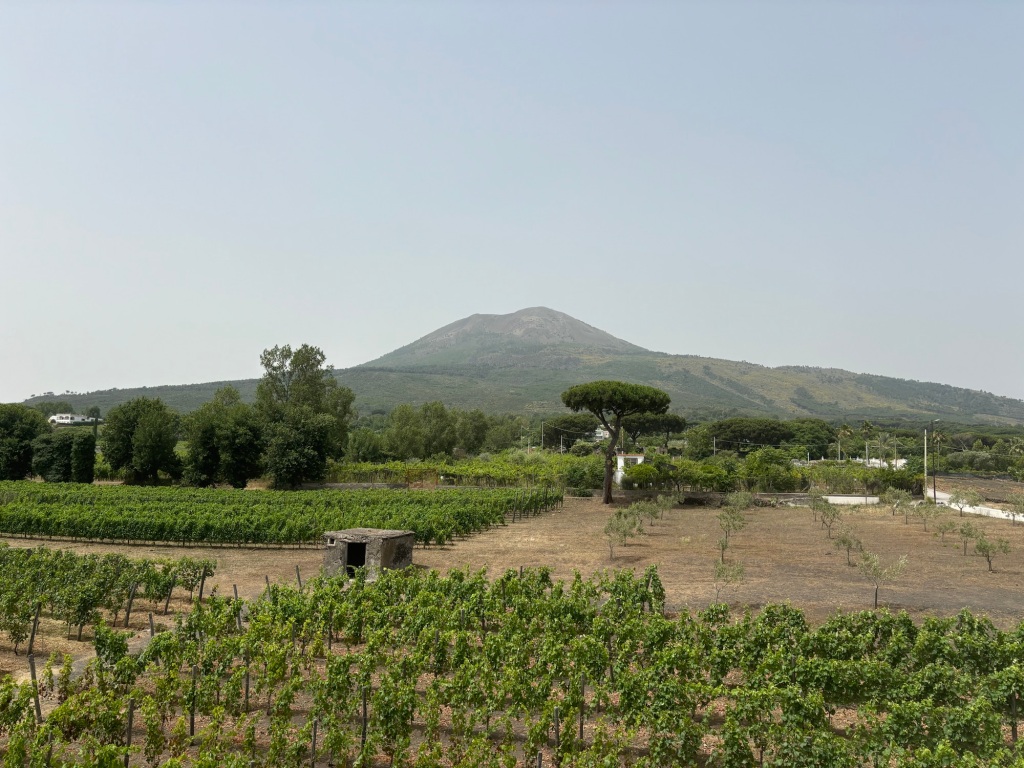
The watchful giant dominates the Bay of Naples in Southern Italy. Wherever you are on the coast, from Naples to Sorrento, Vesuvius fills the horizon, a strange slightly menacing and yet at the same time familiar presence.
When Vesuvius erupted spectacularly in AD 79 the Roman towns of Pompeii and Herculaneum, were buried under vast quantities of volcanic material. The towns lay hidden beneath many meters of debris for almost 1700 years. Then in the early years of the 18th century, around 1710, workmen digging a new well discovered some statues at the base of the shaft they had excavated. They had accidentally stumbled across the Roman theatre of Herculaneum. A city buried and forgotten over the generations had finally re-emerged into the present. To their amazement the workers unearthed two very large statues. These statues were beautifully carved and made of marble. Each statue was of a woman dressed in typical Roman clothing, elegant and richly detailed. Unwittingly the well-diggers had rediscovered the Roman city of Herculaneum.
This spectacular discovery was reported in the magazines and newspapers of Naples, Rome, Paris, Vienna and London. Conversation in the drawing rooms of Europe was all about the hidden treasures waiting to be discovered at the foot of Mount Vesuvius.
Naples was a capital city at the time and Charles III was the King of Naples. Rather confusingly he was also the King of Sicily (and later the King of Spain). He was a man of extreme wealth and influence (his mother was Elisabeth Farnese – from one of Rome’s wealthiest families). Charles was an enlightenment man and a huge supporter of education and art. He supported the archaeological excavations which began at Herculaneum in 1738 and then at Pompeii ten years later. The combination of discovering the statues at Herculaneum and the royal support of King Charles created an electric atmosphere in Naples. The great and the good flocked to the Kingdom of Naples to see these treasures for themselves.

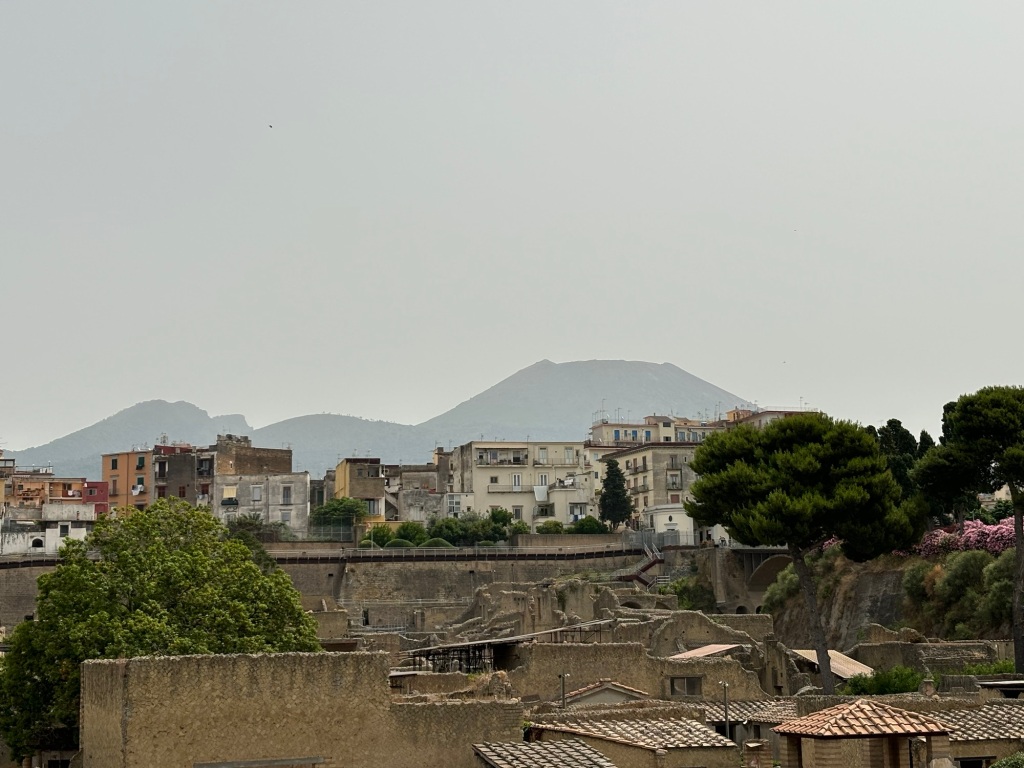
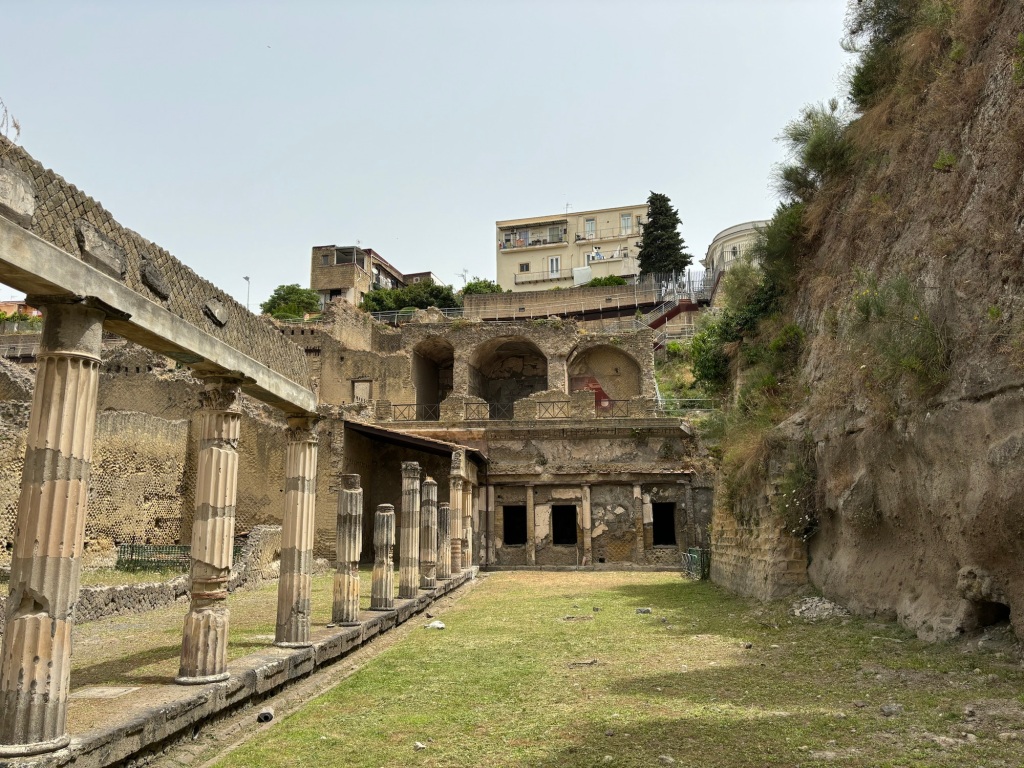
Effectively, modern tourism dates from this period of the 18th century, when people travelled from one country to another motivated by the desire to see and discover new places. This was the age of the Grand Tour. The so-called Grand Tourists made a beeline for Naples to see these new discoveries for themselves. I’ve written about the Grand Tourists before – so you can read the full story here – History of the Grand Tour
The middle decades of the 18th century were a melting pot of ideas, conversations and (most importantly) exchanges of information. Newspapers were springing up all over Europe. The coffee house culture was expanding. The leisured classes were frequenting coffee houses on a daily basis, not just for the coffee (although that was good – especially in Vienna) but for the newspapers and even more compelling the gossip. News of the extraordinary discoveries near Naples were on the tip of every tongue in the world of the chattering classes. The financially able couldn’t wait to get to ‘the continent’ to see for themselves.
In the case of the British, they had the amiable Sir William Hamilton, ensconced in Naples as the British Ambassador. He and his beautiful young wife Emma were famed for their hospitality. A situation that Admiral Nelson, fresh from his victory at the Battle of the Nile would find himself compelled to enjoy. The social life of Naples in the last years of the 18th century was the talk of Europe. Parties, excursions, receptions and even a nightly ‘son et lumiere’ courtesy of Vesuvius. The volcano was conveniently having an active phase at the time.
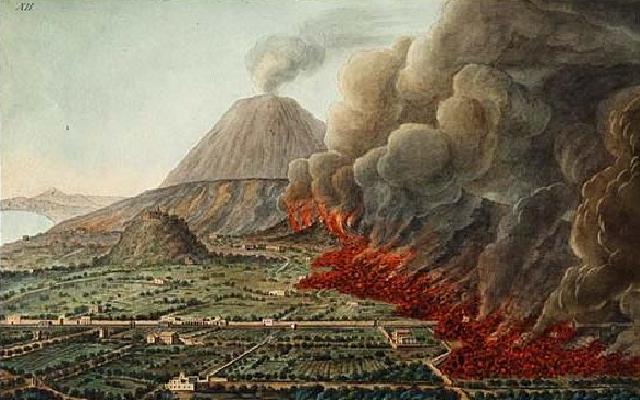
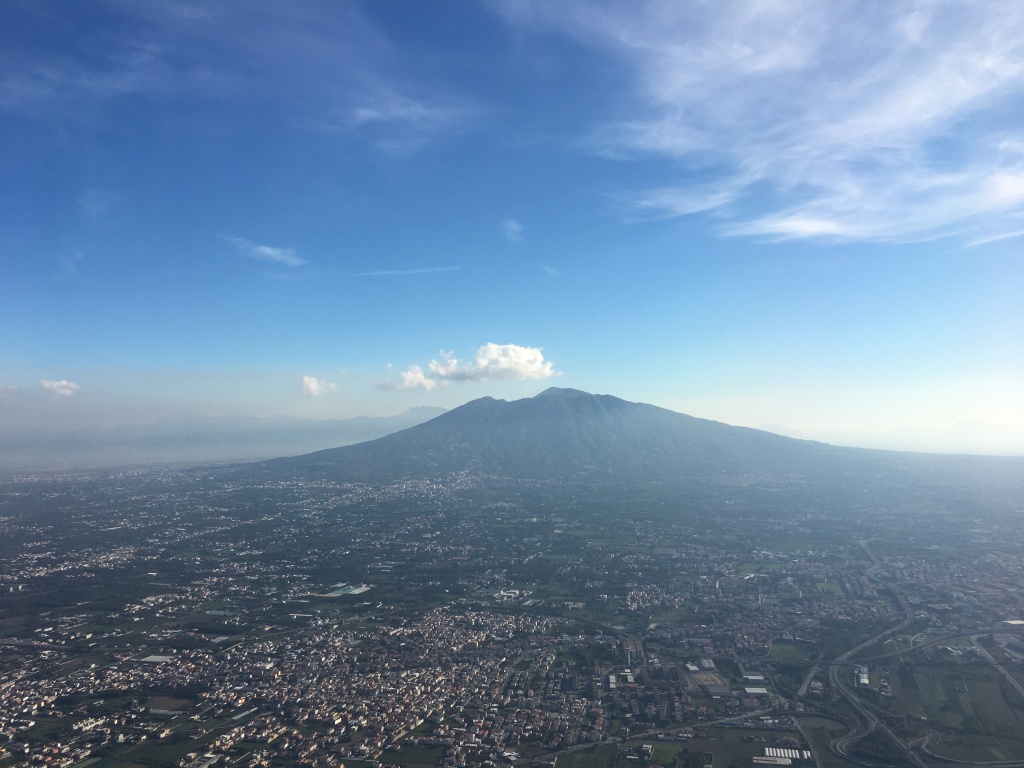
Flaming fields of Campi Flegrei, Naples – painted by Pietro Fabris, commissioned by William Hamilton (left) and view of Vesuvius (right) – photo: www.educated-traveller.com
If I may now take the liberty of skipping forwards 250 years, visitors to Herculaneum today can truly step back in time. From the days of the early excavations (below left) to the superb marble statues discovered in Herculaneum (centre). Then more recently the opening of the ‘Antica spiaggia’ the old beach or shoreline with its rather gruesome cargo of skeletons, huddled in the ‘magazzini’ of the Roman port.
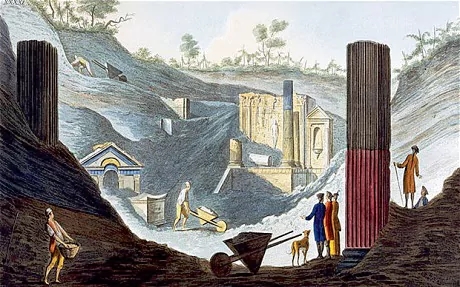
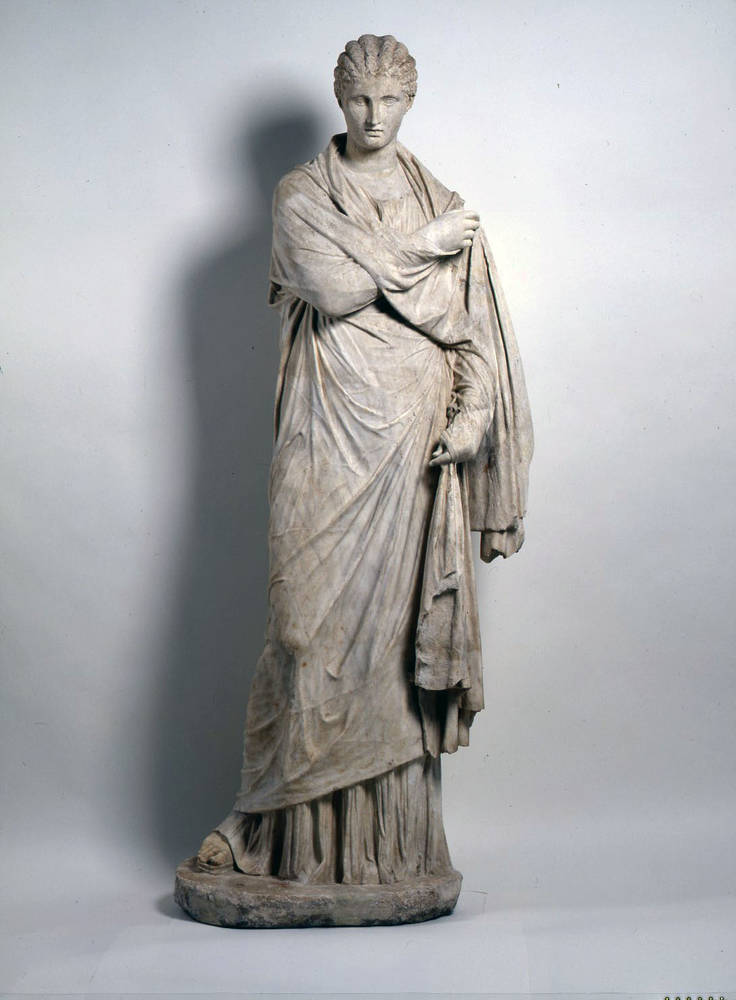
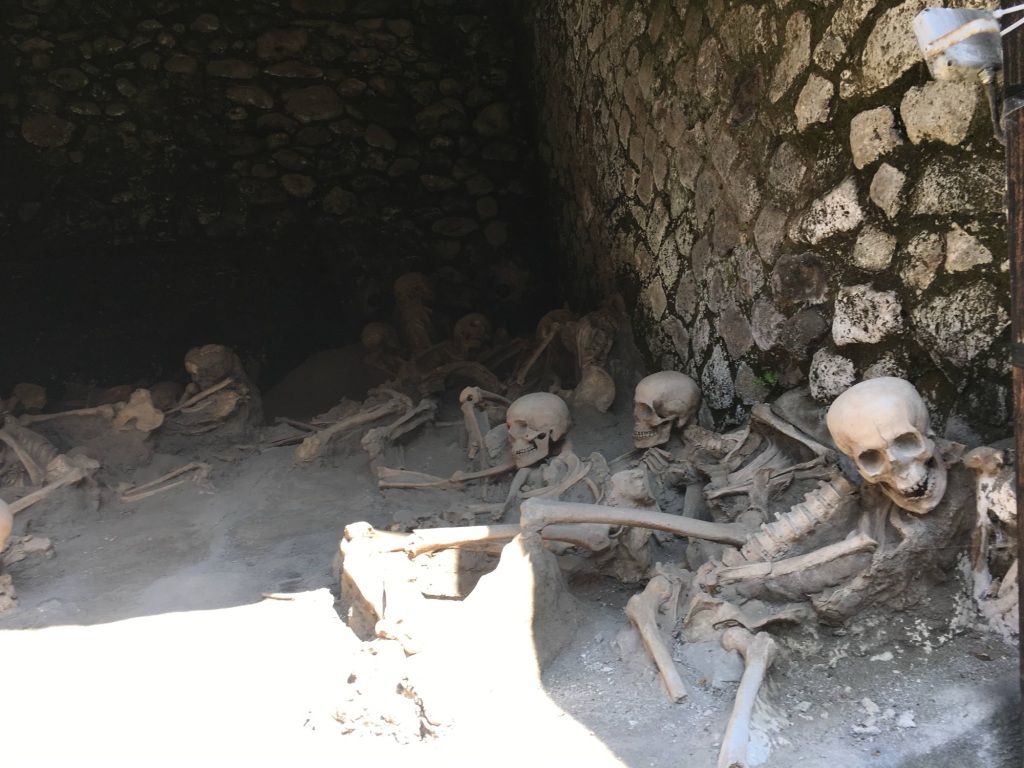
Excavations at Pompeii (left) spectacular ‘Herculaneum woman’ (centre) + unfortunate souls whose fate was sealed (right)
Herculaneum has a fantastic ‘Direttore di Scavi’ called Francesco Sirano – he was appointed in 2018 and is doing a wonderful job of opening up many more houses to visit. As visitors walk into any one of these homes (domus in Latin) we cross the threshold into the world of a Roman family. We can see decorated walls, covered with beautiful frescoes. In some houses the impluvium (small pond) in the central hall of the house (atrium) collects rainwater through a hole in the roof. Rooms off the atrium are called ‘cubicula’ and are the bedrooms. Many of the houses had gardens, some of which have been replanted with olives, flowering plants and even the occasional vine.

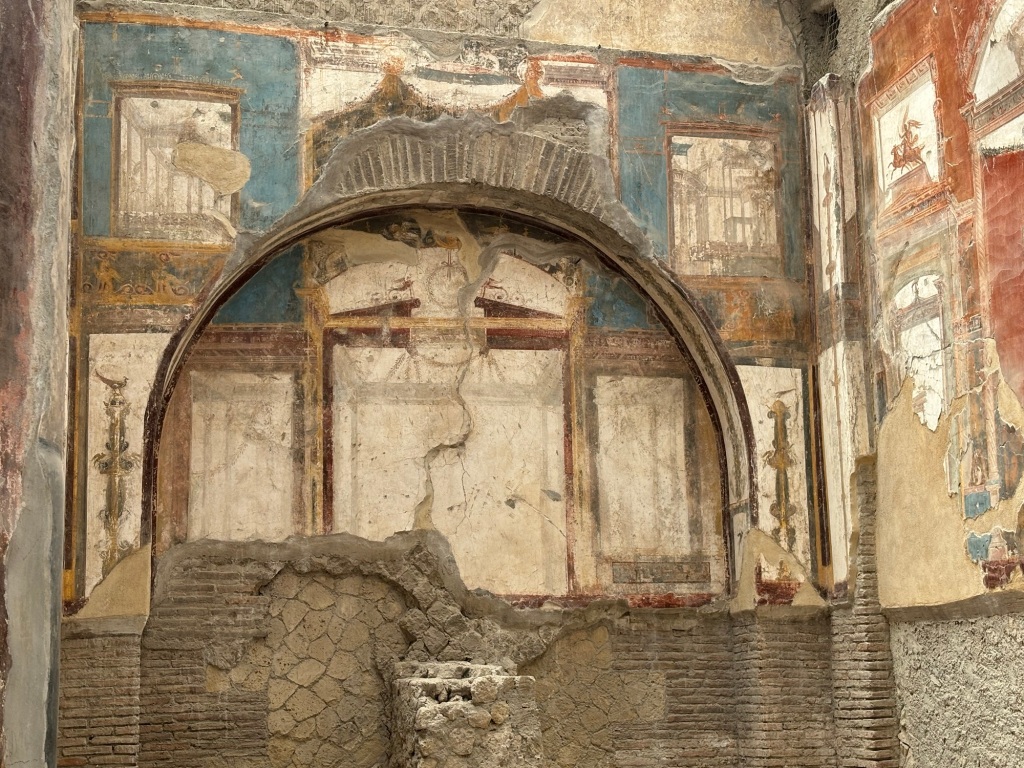
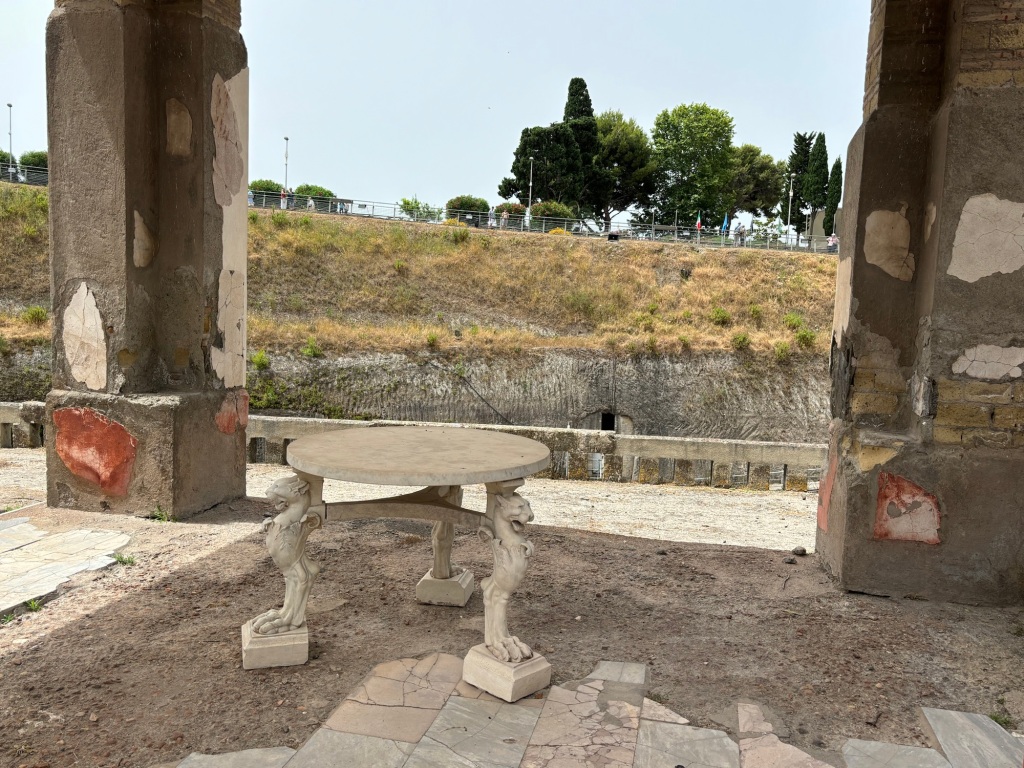

OUR VISIT TO HERCULANEUM was just spectacular, loads to see, numerous houses to stroll through, fantastic shops and a gymnasium, all thoroughly impressive. The latest project is the reorganisation of the ‘Antica Spiaggia’ which I have to confess, I liked as it was, however, now its easier for the visitor to enjoy (so I’m told). The ‘Antica Spiaggia’ or Old Beach of Herculaneum is the old waterfront. Prior to the eruption of Vesuvius it was the port area and waterfront. Boats moored here and loaded or unloaded their cargoes. The port area was lined with warehouses and small shops. Several of these warehouses were excavated in the 1980s (very recently) and were found to be full of skeletons. These skeletons were huddled together for protection hoping to escape the eruption of Vesuvius – but sadly this would not be the case.
As Vesuvius erupted thousands and thousands of tons of rock, lava and ash were fired like a cannon into the atmosphere. Pliny the Younger described the plume of material as looking like a pine tree, with a vast, straight truck and numerous branches all of which were made of volcanic material. The explosion was so great that a huge vacuum was created at ground level. This vacuum created a very strong onshore wind, a gale force wind, that effectively prevented any ships from leaving the harbour. Sadly the sorry souls huddled in the warehouses were doomed.

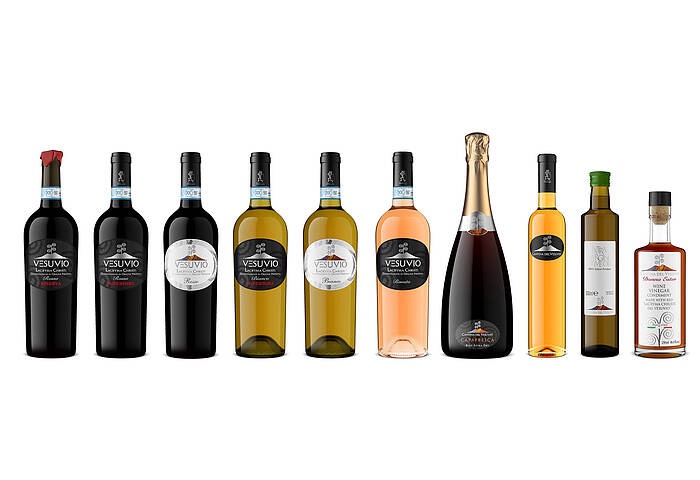
So what do you do having visited Herculaneum and faithfully absorbed the plight of its population. Well you do what any sound individual would do, you count your blessings and then head for the nearest alcoholic drink. In this case that’s not too far away. The irony of the Vesuvius neighbourhood is that you’ve got potential danger, yes, however you’ve also got very fertile soil and amazing farming opportunities. On the slopes of Vesuvius you’ll see tomatoes, peppers, vines (numerous vines) and countless other vegetables flourishing in the fertile volcanic soils of the foothills. So it’s only a short drive to a suitable vineyard, let’s just say, for example ‘Cantina del Vesuvio’ growing grapes and producing wines on the slopes of Mount Vesuvius since 1930.
The Russo Family have been producing wine for the last century. More recently they’ve fully embraced the ‘tasting and lunch’ concept. For many visitors escaping the archaeological digs of a long hot morning, this is a well earned respite. Whilst I can’t convey the taste of the wines I can confirm that they were very good. The diminutive ‘sommelier’ who did the cellar tour was worthy of a place on a Saturday night TV show.

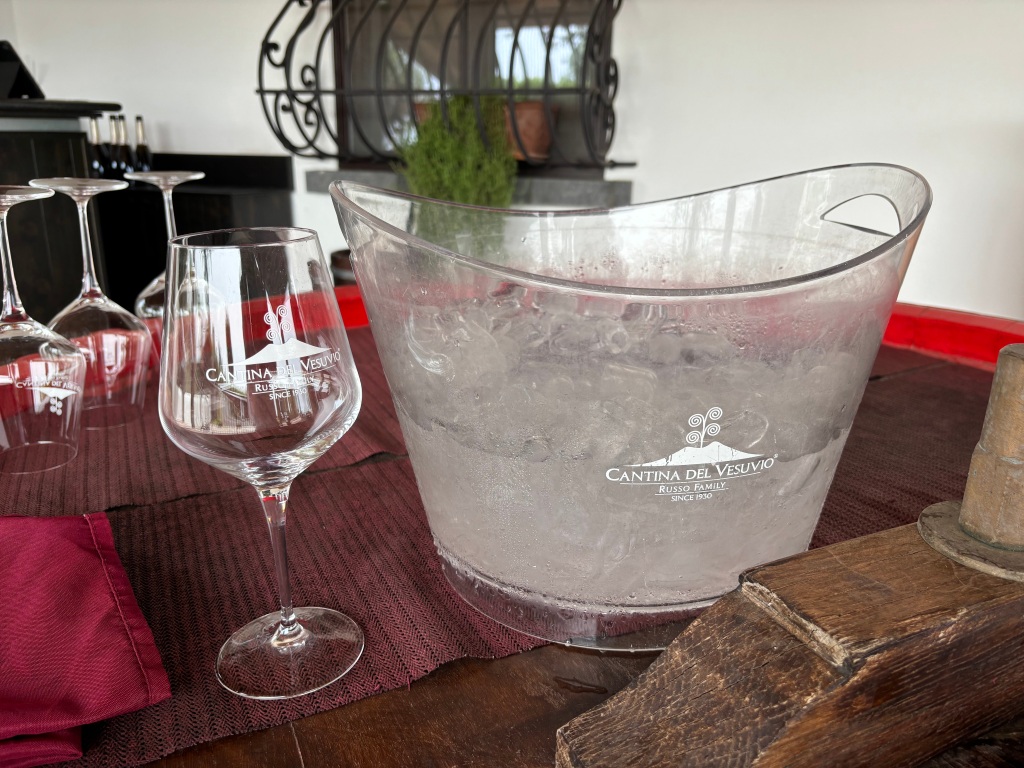
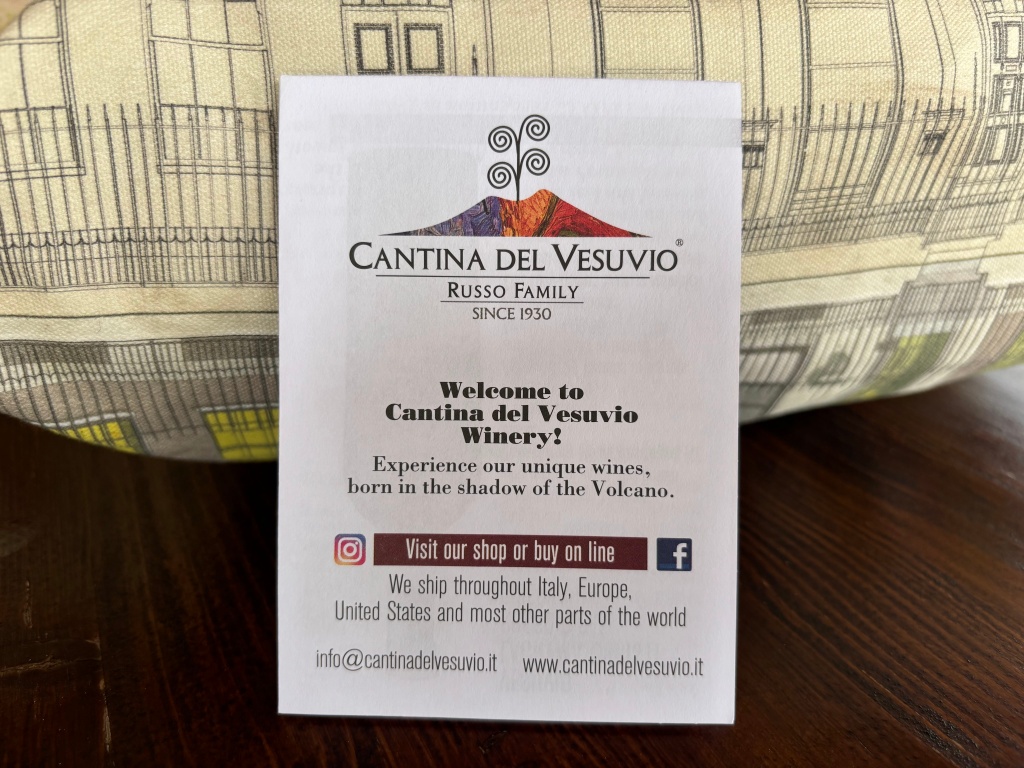
In case you are reading this and feeling slightly melancholy I’d urge you to look at the photo below (my photo) taken recently and ponder (albeit briefly) on your own situation. I consider myself fortunate – tragically the citizens of Herculaneum were not.

The warehouse of no return (Herculaneum) 79 CE (Common Era)
Notes & further reading:
1/ Charles III (Spanish: Carlos Sebastián de Borbón y Farnesio;[a] 20 January 1716 – 14 December 1788) was King of Spain in the years 1759 to 1788. He was also Duke of Parma and Piacenza, as Charles I (1731–1735); King of Naples, as Charles VII; and King of Sicily, as Charles III (1735–1759). He was the fourth son of Philip V of Spain and the eldest son of Philip’s second wife, Elisabeth Farnese. He was a fan of enlightened absolutism. A complicated and very rich heritage!
2/ Charles’ mother was Elisabeth Farnese – Charles inherited the exceptional Farnese Sculpture Collection from her. The Farnese Family were Dukes in the city of Parma and also very influential in Rome. Supporters of the Pope, the family provided at least one Farnese Pope and several Farnese Cardinals. This explains the presence of the Farnese Sculpture Collection in Naples at the Archaeological Museum.
3/ The Herculaneum Society is based in Oxford and promotes study, scholarship and visits to Herculaneum. Their site is well worth a look: Herculaneum Society
4/ The Getty Villa in Malibu, California was modelled on Villa dei Papiri at Herculaneum. In 2008 The Getty borrowed the Herculaneum Women Statues (from Dresden) for a temporary exhibition. The Getty Museum (2008) The Getty
5/ Interesting observations from Wellesley: Wellesley – discovery and excavation at Pompeii and Herculaneum
6/ Grand Tour: The Lure of Italy in the Eighteenth Century – Andrew Wilton & Ilaria Bignamini (Editors) – Tate Publishing, London (1996)
You can read more of my musings on Italy at www.educated-traveller.com
Sorrento – 24th June 2024

